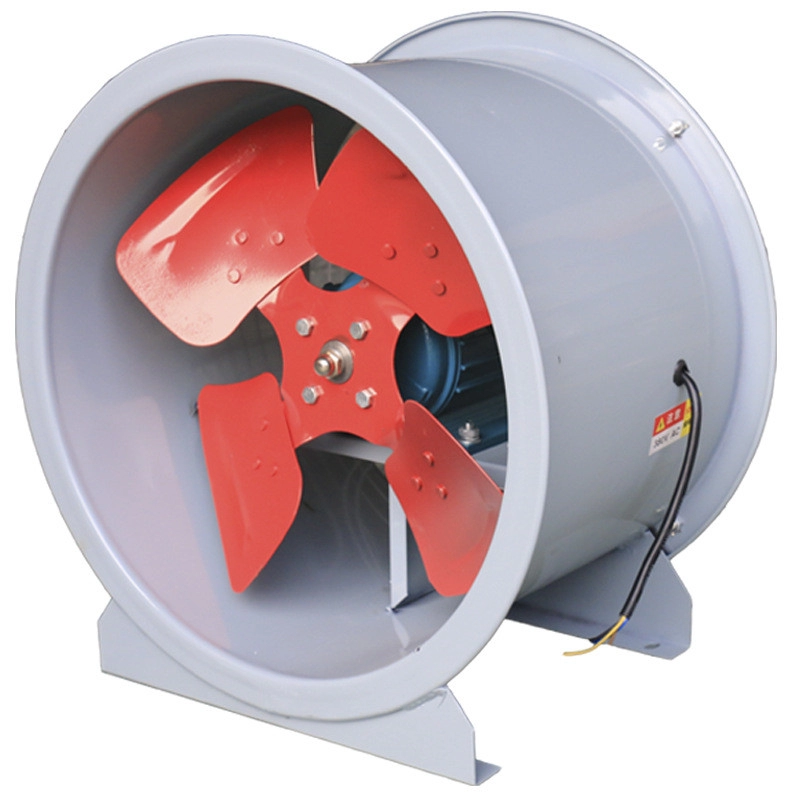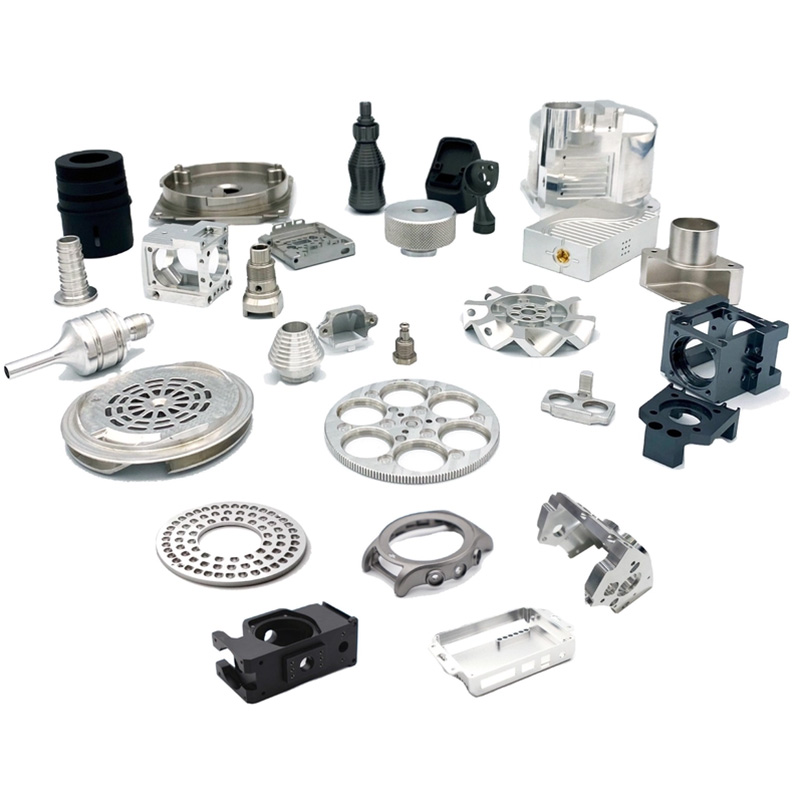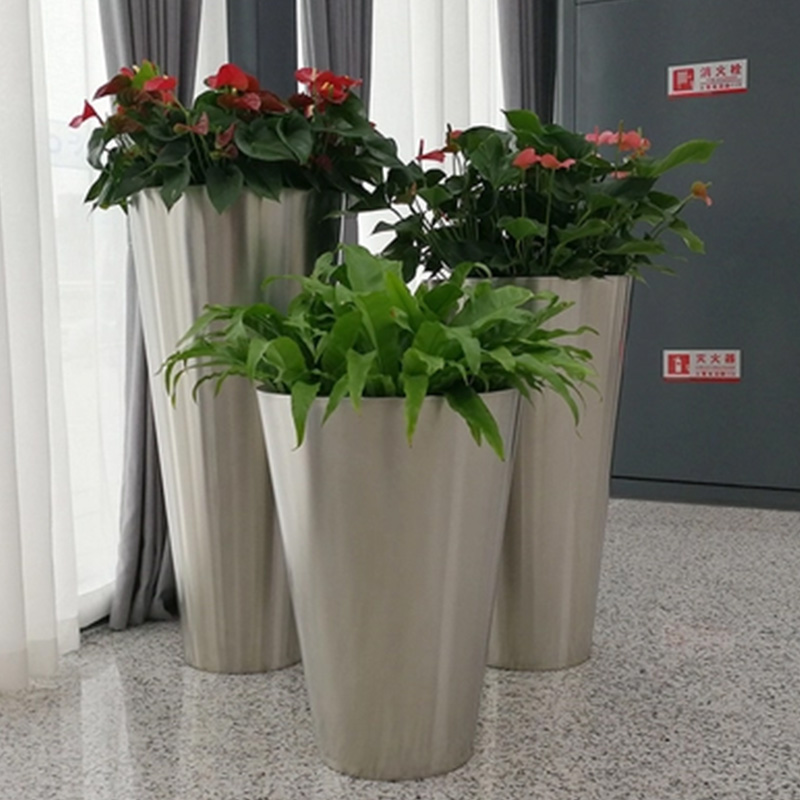Why Are Tube Axial Fans So Noisy? Let’s Break It Down
Industrial facilities often face a common headache: tube axial exhaust fan noise averaging 75-85 dB(A). That’s louder than a vacuum cleaner! Our team’s 2025 case study at a Wuhan manufacturing plant revealed three core culprits:
- Vortex turbulence from blade design
- Motor vibration transmission
- Duct resonance effects
Hack #1: The Silencer Sandwich Technique
Here’s a game-changer we’ve tested: install acoustic liners both upstream and downstream. A Guangzhou factory reduced noise by 12 dB using this method. Pro tip: Use mineral wool (density ≥80 kg/m³) for best results .
Warning: Avoid foam-based materials near heat sources – they degrade faster than Taylor Swift’s breakup songs!
Step-by-Step Installation Guide
- Measure existing dB levels with a Type 1 sound meter
- Identify vibration hotspots using thermal imaging
- Install anti-vibration mounts (we recommend GD brand)
- Apply silicone sealant at joint connections
- Test airflow velocity (keep ≤15 m/s)
| Method | Cost | Noise Reduction |
|---|---|---|
| Acoustic Enclosures | $$$ | 8-10 dB |
| Blade Optimization | $$ | 6-8 dB |
FAQs
- Q: How often should I maintain tube axial exhaust fans?
- A: Every 500 operational hours – think of it like changing your car’s oil.
- Q: Can I retrofit old fans with noise reduction features?
- A: Absolutely! We’ve successfully upgraded 1990s models using modular kits.
Implementation Checklist
- ✓ Verify motor alignment
- ✓ Inspect blade clearance (min 3mm)
- ✓ Test emergency shutoff function







